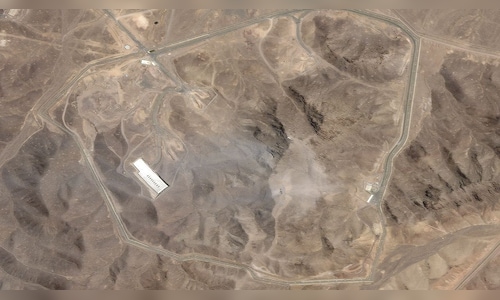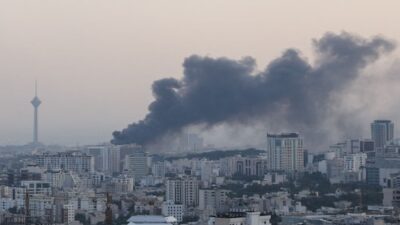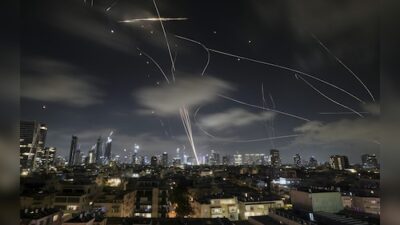Recent satellite imagery has uncovered extensive damage to various Iranian nuclear and military installations following airstrikes from Israel and the US. The photographs, analyzed by The Associated Press, indicate signs of attacks at critical locations, including Fordow, Natanz, Isfahan, Kermanshah, and Tabriz.


1 / 7
Damage at Fordow Nuclear Facility | Satellite images taken on Sunday and analyzed by The Associated Press (AP) illustrate apparent damage to Iran’s subterranean nuclear facility at Fordow, which was reportedly struck by US airstrikes. The imagery, captured by Planet Labs PBC, shows that parts of the brown mountainside have turned grey, indicating a significant explosion that altered the landscape and released smoke and debris. (Images: AP)


2 / 7
Signs of Bunker-Buster Bomb Use | The alterations in the mountain’s shape and color suggest the use of specialized American bunker-buster munitions designed to penetrate fortified underground facilities. Light grey smoke was still apparent above the site. Iran, however, has not issued an official statement or damage report regarding Fordow. Previous satellite imagery indicates that Iran had closed tunnel entrances at the site prior to the attacks. (Images: AP)
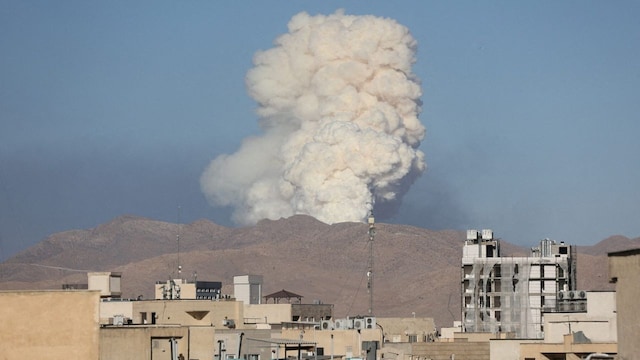

3 / 7
Start of Escalation: ‘Operation Rising Lion’ | The airstrikes form part of a rising crisis that commenced on June 13 with Israel’s launch of ‘Operation Rising Lion’—a coordinated military strategy aimed at Iran’s nuclear and military assets. Israeli officials describe this action as a broader initiative to dismantle Iran’s nuclear ambitions, which has drawn the US directly into the situation. (Images: Reuters)


4 / 7
Attacks on Natanz and Isfahan | On June 13, Israel launched attacks on two of Iran’s significant nuclear sites at Natanz and Isfahan. Satellite imagery from Natanz revealed that several above-ground structures—primarily those related to power—had either been damaged or destroyed, while the underground uranium enrichment facilities remained unaffected. (Images: AP)
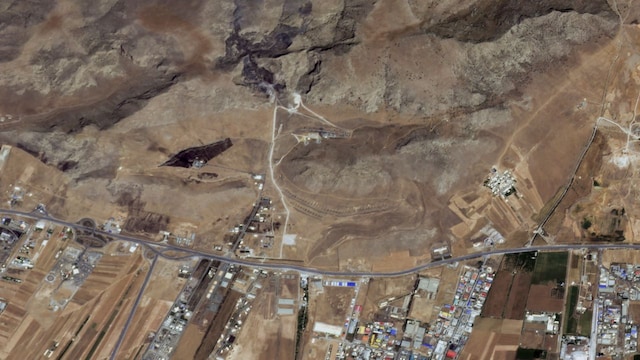

5 / 7
Strikes on Missile Bases in Kermanshah | Further satellite photographs from June 13 reveal fire damage at a missile installation near the mountainous region in Kermanshah after an Israeli airstrike. The site displays extensive burn marks and debris indicative of a targeted operation. (Images: AP)
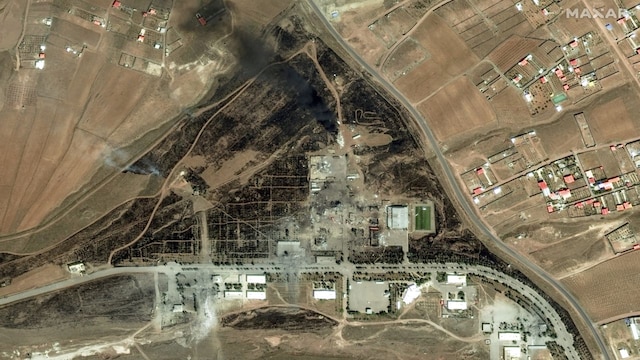

6 / 7
Structural Damage at Military Compound in Tabriz | Additional imagery from the same day shows substantial damage to a military facility in Tabriz. Multiple areas within the compound experienced strikes, indicating a targeted and purposeful assault on Iran’s military capabilities. (Images: AP)
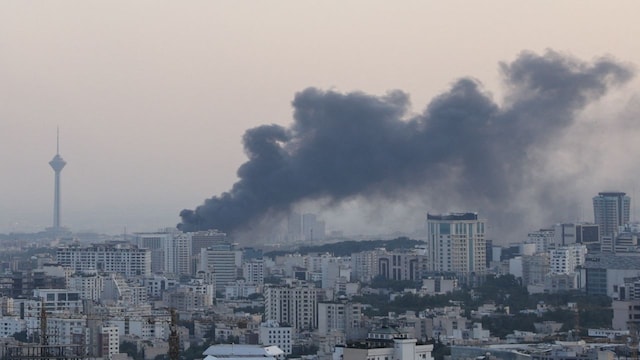

7 / 7
Concerns Over Broader Regional Conflict | These events have sparked significant worries across the Middle East, with increasing fears of an expanded regional conflict drawing in multiple countries. (Images: AP)
